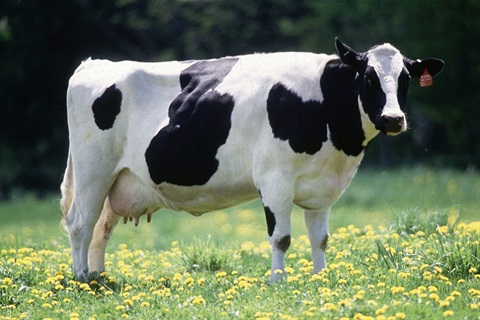
Corangamite Shire farmers are encouraged to apply for roadside grazing permits so their livestock can reduce fire hazards by eating the grass down as conditions dry out in summer.
Council Coordinator Community Safety and Resilience Belinda Bennett said roadside grazing was permissible under the local law between 1 September 2024 and 30 April 2025, provided no protected native vegetation was present.
Grazing reduces fire risk on roadsides over the fire season, but a local laws permit is required, she said.
"Council officers assess applications for grazing permits to determine the suitability of the road for grazing, which is not permitted in high conservation areas.
"Grazing areas need to be fenced by a temporary electric fence to contain livestock. There is a nominal fee of $1 per year which shows the farmers' insurer that the stock grazing on public land is a legitimate part of their farming enterprise."
Roadside grazing isn't permitted during the winter months because hooves compact wet soil, causing drainage problems, erosion and loss of vegetation.
Ms Bennett said roadside grazing season was also a good reminder for landholders to check their boundary fences to ensure the livestock are contained to their property.
"Wandering livestock can pose a significant risk to road users," she said.
"Under the local laws, landholders must ensure that fences are adequate to prevent the escape of livestock and must not allow livestock to wander on a road."
Penalties can apply for failing to contain livestock and Council has powers under the Impounding Livestock Act 1994 to impound livestock found wandering. Residents who see wandering stock on roads should immediately report it to the relevant authority:






